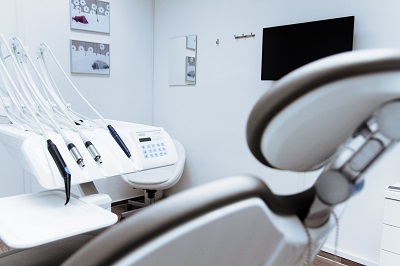To obtain CE certification for ventilators in the European Union, you must prepare comprehensive technical documentation that demonstrates compliance with the Medical Devices Regulation (MDR). Here are the detailed requirements for the technical documents:
1. General Requirements:
Complete and Clear Documentation: Technical documentation must be complete, accurate, and clear, providing all necessary information for assessment and approval.
Language: Documentation must be in an official language of the EU member state where the device will be marketed, or in a language accepted by the competent authorities.
2. Contents of Technical Documentation:
The technical documentation for CE certification of ventilators typically includes, but is not limited to, the following:
a. Device Description:
Intended Use: Clearly specify the intended use of the ventilator, including indications, patient population, and environment of use.
Specifications: Provide detailed specifications of the device, including its physical and operational characteristics.
b. Design and Manufacturing Information:
Design Drawings and Diagrams: Schematic drawings and diagrams that illustrate the design, components, and assembly of the ventilator.
Materials Used: List of materials used in the construction of the device, including specifications and suppliers.
Manufacturing Processes: Description of the manufacturing processes, including sterilization methods if applicable.
c. Risk Assessment and Risk Management:
Risk Analysis: Conduct a comprehensive risk analysis according to ISO 14971, identifying potential hazards associated with the ventilator.
Risk Controls: Describe risk mitigation measures implemented to reduce identified risks to an acceptable level.
d. Clinical Evaluation:
Clinical Data: Provide a summary of clinical data supporting the safety and performance of the ventilator. This includes clinical studies, literature reviews, and other relevant data.
Clinical Evaluation Report: Document the process and conclusions of the clinical evaluation, demonstrating conformity with relevant safety and performance requirements.
e. Verification and Validation:
Verification Activities: Describe verification activities conducted to ensure that the ventilator meets its design specifications and intended use requirements.
Validation Activities: Provide validation data demonstrating that the ventilator performs as intended under normal use conditions.
f. Labeling and Instructions for Use:
Labeling: Include labels affixed to the device and packaging, containing essential information such as device identification, intended use, and warnings.
Instructions for Use: Provide clear and comprehensive instructions for use, including device setup, operation, maintenance, and troubleshooting.
g. Performance Testing and Data:
- Performance Testing: Document results from performance testing conducted to demonstrate compliance with applicable standards and specifications.
h. Software Documentation (if applicable):
Software Requirements: Specify software requirements relevant to the operation of the ventilator, including software architecture and functionality.
Software Verification and Validation: Provide evidence of software verification and validation activities performed to ensure the software meets specified requirements.
i. Technical File Structure:
- Organization: Arrange the technical documentation in a structured manner, making it easy to navigate and review for conformity assessment.
3. Quality Management System (QMS) Documentation:
QMS Overview: Include documentation demonstrating compliance with ISO 13485:2016 or an equivalent quality management standard.
Processes and Procedures: Describe processes and procedures related to design, development, manufacturing, distribution, and post-market surveillance.
Records: Maintain records of QMS implementation and effectiveness, including audits, corrective actions, and management reviews.
Additional Considerations:
Updates and Revisions: Ensure that the technical documentation is kept up-to-date with any changes or improvements made to the ventilator design or manufacturing processes.
Regulatory Compliance: Verify that the technical documentation addresses all relevant MDR requirements, including essential requirements and harmonized standards applicable to ventilators.

Contact Us:
Whatsapp or Wechat:+86 15816864648;email address:hito.lin@grzan.cn
.png)
.jpg)
.png)

.png)